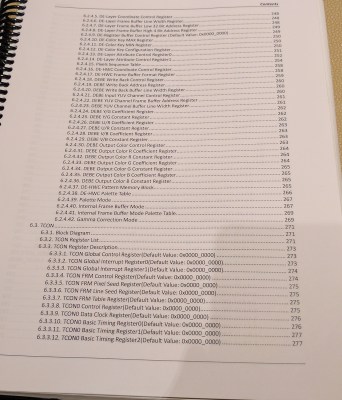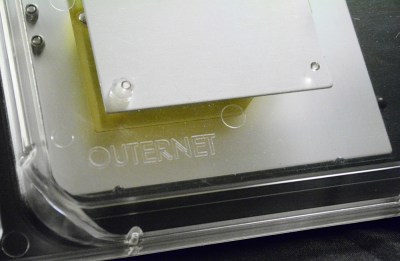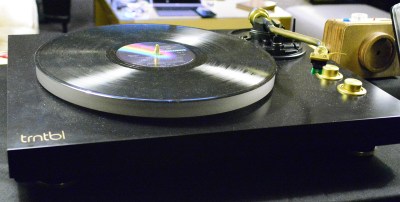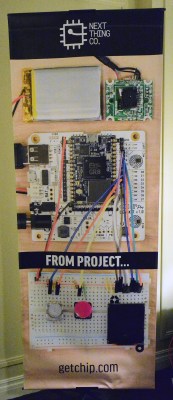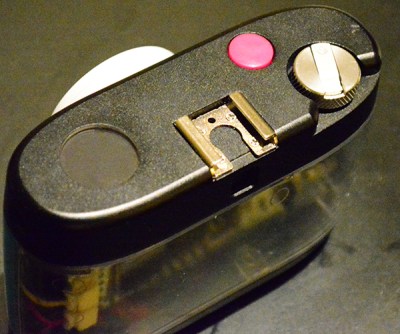There have been so many launches of very capable little single-board computers, that it is easy to forget an individual one among the crowd. You probably remember the C.H.I.P though, for its audacious claim back in 2015 to be the first $9 computer. It ran Linux, and included wireless connectivity, composite video output, and support for battery power. As is so often the case with ambitious startups, progress from the C.H.I.P’s creator Next Thing Co came in fits and starts.
In recent months there has been something of a silence, and now members of the community have discovered evidence that Next Thing CO are the subject of a Notice of General Assignment from Insolvency Services Group. This is followed up by the discovery that their office is available for rent.
A process called Assignment to the Benefit of Creditors is an alternative to bankruptcy proceedings yet still signals the end of a company as the service liquidates remaining assets. Despite the website and forum remaining online it appears that we may have seen the end of the C.H.I.P. and its stablemates. Hackaday has reached out to Next Thing Co for comment and will update this article if we hear back.
At the time it was launched, the C.H.I.P. was a pretty impressive product, and though it has since been eclipsed by products like the Raspberry Pi Zero, the board remains a useful item. The addition of the PocketCHIP all-in-one keyboard and display peripheral made it an instantly recognizable device, and it and its more powerful companion C.H.I.P. Pro module found their way into quite a few projects. For us the most impressive C.H.I.P. project is a retrocomputer, this miniature Apple II complete with monitor. If this really is the end for this particular little board, we’ll be sorry to see it go.
Thanks [smerrett79] for the tip.
Header image: Kiwamu Okabe [CC BY-SA 2.0].





